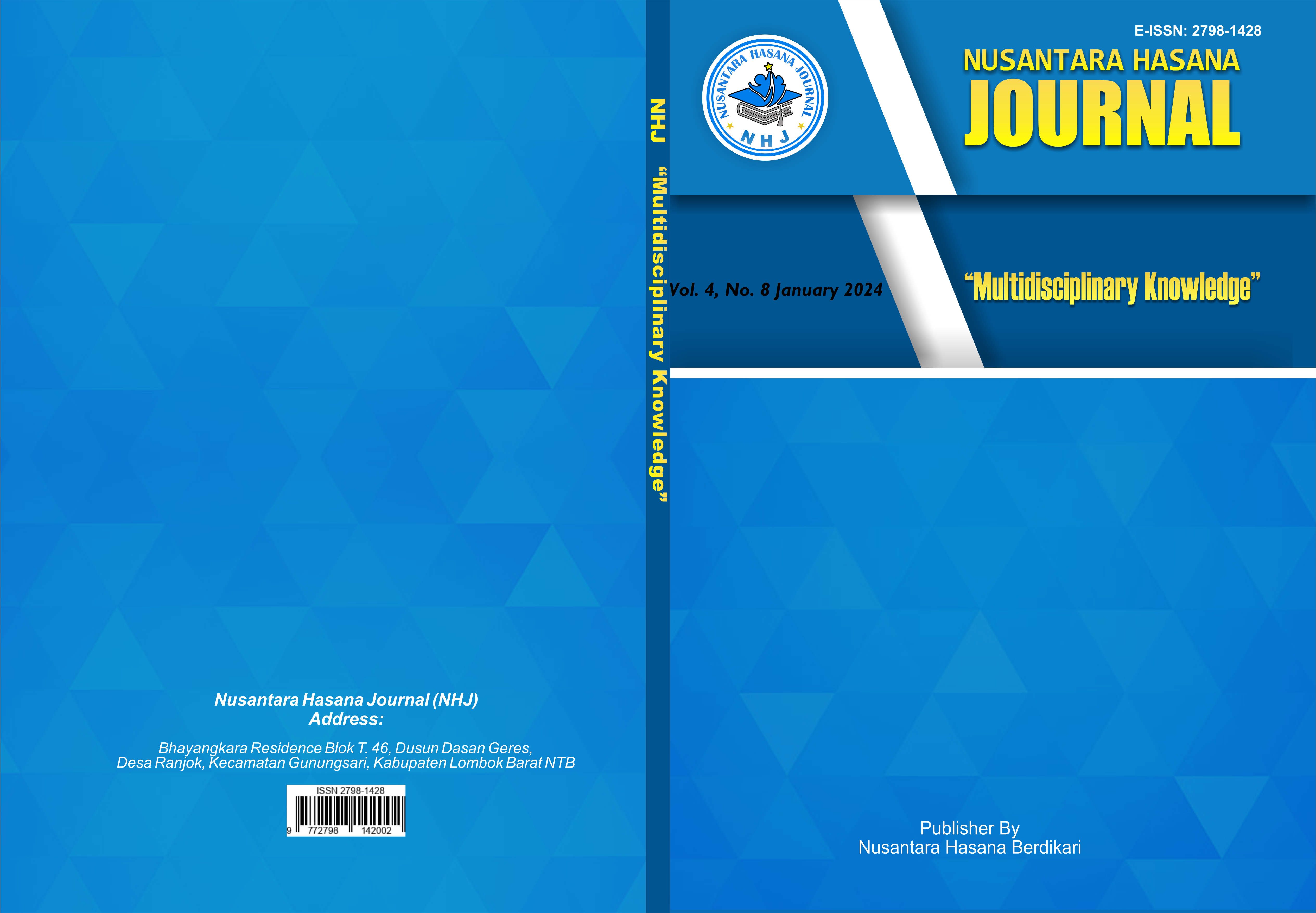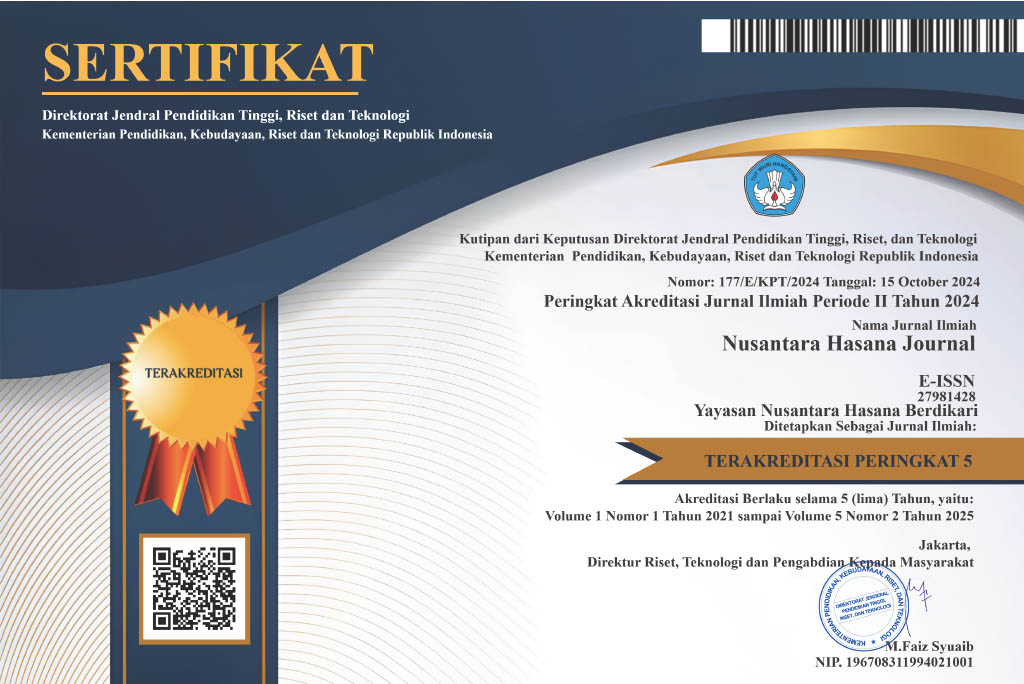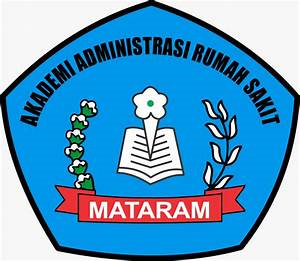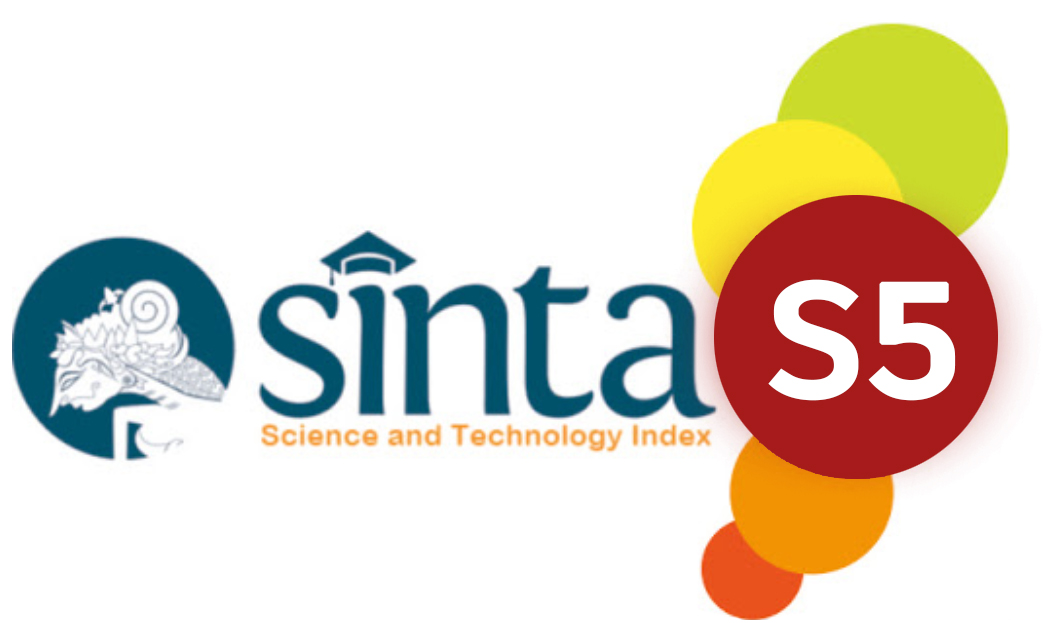PENGGUNAAN PYTHON PYSIMPLEGUI UNTUK MENINGKATKAN KETERAMPILAN SKILL SISWA TIK SMP
DOI:
https://doi.org/10.59003/nhj.v4i8.1319Keywords:
School; Technology; Programming Language; PySimpleGUIAbstract
Schools in Indonesia are an important environment for developing character, communication and the growth of students' minds in pursuing science and technology. Science and technology continue to develop, and human resources must be improved to keep up with these developments. The Indonesian state has a target to become a Golden Indonesia by 2045, with a focus on developing science and technology in balance with existing human resources. In the era of technology 5.0, schools in Indonesia are faced with the challenge of integrating increasingly advanced technology into education, so curriculum changes are being made to maintain the relevance of education with technological developments. Basic education in Indonesia has included programming language subjects, which are important in the development of technology and applications. At this time, the Python programming language is increasingly popular, because it is easy to understand by novice users and has many uses in various industrial fields. Python can be used to create desktop, mobile, game and other based programs. Its easy-to-understand nature makes it popular among technology developers. Python also has many benefits, such as flexibility in using libraries to create applications and analysis. This programming language allows the implementation of the concepts of inheritance and polymorphism, so it is widely used in various operating systems. Secondary schools in Indonesia also focus on developing students' individual skills through an independent learning curriculum, which includes ICT subjects and programming languages. The Python programming language and the use of pysimplegui are encouraged to improve students' skills in technology. Through this research, it is hoped that it can increase understanding and use of the Python programming language pysimplegui in junior high schools (SMP) to help students develop skills and knowledge in technology.
Downloads
References
Gui, U. (2023). Degree project for Sequencing Data with.
Haris, D. A., Wirawan, J., & Sanjaya, S. (2023). Ekstra Kurikuler Augmented Reality Untuk Sma Sinar Dharma High School. Jurnal Serina Abdimas, 1(2), 761–768. https://doi.org/10.24912/jsa.v1i2.26044
Hasan, Y., & Sunandar, H. (2023). Aplikasi Pengekstrak Gambar Ke Excel dan Uji Ektraksi dengan Kirsch Untuk Deteksi Tepi. MEANS (Media Informasi Analisa Dan Sistem), 8(1), 94–99. https://doi.org/10.54367/means.v8i1.2608
Mardiyati Sri, Ida Fitriani, Indrawati Yossi, Pujiastuti, wibowo Nugroho Arief, Fitria Dona, & Burhanudin. (2023). Pkm Kewirausahaan Berbasis Teknologi Informasi DiLingkungan Rw.011 Cipinang Melayu. Jurnal Publikasi, 1(6), 565–569. https://jurnal.portalpublikasi.id/index.php/AJP/index
Muhammad, F., Usman, A. A. H., & Khairan, A. (2022). Pelatihan machine learning menggunakan bahasa pemrograman python di lingkungan komunitas teknologi informasi di kota Ternate. TRIDARMA: Pengabdian Kepada Masyarakat (PkM), 5(2), 397–402. https://doi.org/10.35335/abdimas.v5i2.3126
Patilima, S. (2022). Sekolah Penggerak Sebagai Upaya Peningkatan Kualitas Pendidikan. Prosiding Seminar Nasional Pendidikan Dasar, 0(0), 228–236. http://ejurnal.pps.ung.ac.id/index.php/PSNPD/article/view/1069
Pearce, K., Alghowinem, S., & Breazeal, C. (2023). Build-a-Bot: Teaching Conversational AI Using a Transformer-Based Intent Recognition and Question Answering Architecture. Proceedings of the 37th AAAI Conference on Artificial Intelligence, AAAI 2023, 37, 16025–16032. https://doi.org/10.1609/aaai.v37i13.26903
Prabowo, D., Sundaro, H., Ayu, R., & Ar, P. (2024). Pelatihan Pemprograman Python Tingkat Dasar Untuk Pemetaan Wilayah Di SMA Ksatrian 02 Semarang. 4(1), 114–119.
Rios, F. C., Al Sultan, S., Chong, O., & Parrish, K. (2023). Empowering Owner-Operators of Small and Medium Commercial Buildings to Identify Energy Retrofit Opportunities. Energies, 16(17). https://doi.org/10.3390/en16176191
Rusi, I., Lailiya, M., & Riyadi, D. S. (2022). Peningkatan Pengetahuan Generasi Muda dalam Etika Penggunaan Teknologi Informasi dan Komunikasi. Bubungan Tinggi: Jurnal Pengabdian Masyarakat, 4(3), 830. https://doi.org/10.20527/btjpm.v4i3.5772
Safii, M., Hartama, D., & Ayunda, Y. S. (2021). Pelatihan Pemanfaatan Teknologi Cloud Sebagai Media Pembelajaran Masa Pandemi. TRIDARMA: Pengabdian Kepada Masyarakat (PkM), 4(2), 50–58. https://doi.org/10.35335/abdimas.v4i2.1372
Sam, P., Sitorus, P., Hardinata, J. T., Saragih, R. S., & Manalu, D. (2024). Meningkatkan Kemampuan Siswa SMP YP HKBP 1 Pematangsiantar dalam Menggunakan Aplikasi Padlet untuk Pembelajaran Interatif. 4(1), 270–277. https://doi.org/10.54259/pakmas.v4i1.2809
Santoso, H., & Rochadiani, T. H. (2022). Pelatihan Machine Learning Menggunakan Bahasa Pemrograman Python Bagi Karyawan PT. Yokogawa Indonesia. Jurnal ABDINUS : Jurnal Pengabdian Nusantara, 6(2), 349–356. https://doi.org/10.29407/ja.v6i2.16018
Sitio, A., Sindar, A., Marbun, M., Tiara, D., & Aswin, A. (2022). Pengenalan Data Scientist Pada Peserta PKBM AL HABIB Melalui Belajar Dasar Coding Python. Jurnal Pengabdian Pada Masyarakat, 7(1), 194–200. https://doi.org/10.30653/002.202271.44
Yusliani, N., Utami, A. S., & Rodiah, D. (2024). Pelatihan Bahasa Pemrograman Python Untuk Guru Matematika Di Kota Palembang Sumatera Selatan. 44–60
Downloads
Published
How to Cite
Issue
Section
License
Copyright (c) 2025 Sudirman T.P Lumbangaol

This work is licensed under a Creative Commons Attribution-NonCommercial-ShareAlike 4.0 International License.
NHJ is licensed under a Creative Commons Attribution-NonCommercial-ShareAlike 4.0 International License.
Articles in this journal are Open Access articles published under the Creative Commons CC BY-NC-SA License This license permits use, distribution and reproduction in any medium for non-commercial purposes only, provided the original work and source is properly cited.
Any derivative of the original must be distributed under the same license as the original.
























